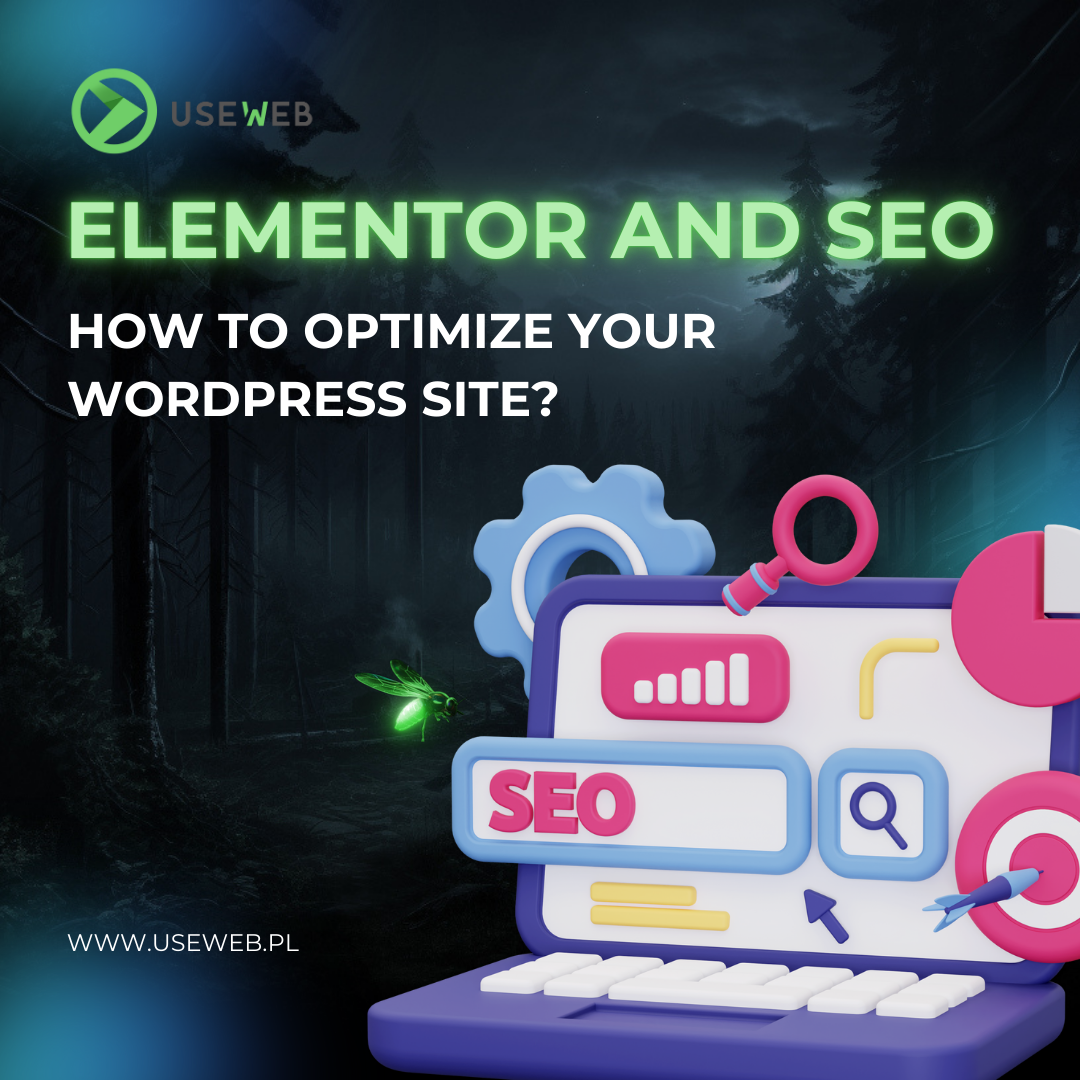Key Elements of an Effective Responsive Website
Have you ever wondered why some websites look great on any device? It’s all thanks to responsiveness! In today’s digital world, where we use a variety of screens, having a website that adapts seamlessly to each of them is an absolute must-have.
Responsive websites not only provide a better user experience but also influence SEO, boosting traffic and conversions. That’s why understanding what makes a responsive website effective is crucial to attracting and retaining visitors.
In this article, we’ll explore the key elements of responsive design, including flexible layouts, CSS media queries, and load optimization. We’ll also uncover how responsiveness impacts SEO and which tools can help you create the perfect website. Ready to discover the secrets of success?
Introduction to Responsiveness
Responsiveness in web design is the foundation of modern websites. Why? Because users access websites on various devices – from desktops to smartphones. For your website to be intuitive and easy to navigate on any device, it must be responsive.
Key Elements of Responsive Web Design:
- Grid Systems: Enable flexible content arrangement.
- Responsive Images: Adjust to different screen sizes, maintaining quality.
- Media Queries: Modify CSS styles based on device resolution.
Responsive design is not just about aesthetics but primarily about enhancing user experience. By appropriately defining pixel ranges for various resolutions, your site becomes more functional and user-friendly. That’s why investing in a responsive version of your site is essential to reduce bounce rates and attract more visitors.
Benefits of Responsive Websites
- Better Usability
- Lower Bounce Rates
- Higher User Satisfaction
Invest in responsiveness, and your website will soar to new heights!
Why is Responsiveness Important?
In today’s internet-driven world, having a responsive website is key to success. A responsive site automatically adjusts its display for a range of devices, such as phones, tablets, and desktops.
Reasons to Have a Responsive Website:
- Better User Experience: Easier navigation eliminates horizontal scrolling, improving browsing comfort.
- Search Engine Rankings: Google and other search engines prefer responsive websites, leading to higher rankings.
- Efficient Navigation: Allows intuitive and effective navigation, crucial for user satisfaction.
- Greater Satisfaction: Improved usability leads to higher user satisfaction with your website.
Investing in a responsive website that meets individual user needs ensures seamless operation across all screen resolutions – a fundamental principle of thriving in today’s digital world!
Definition of a Responsive Website
A responsive website automatically adjusts to the user’s device resolution, whether it’s a desktop, smartphone, or tablet. This ensures a smooth and comfortable browsing experience regardless of the device.
Responsive design, also known as Responsive Web Design (RWD), is based on flexible grids, images, and media. The primary goal of this approach is to minimize the need for scrolling, zooming, and resizing website content.
Key Advantages of a Responsive Website:
- Better Usability: Users can navigate the site more easily, improving their experience.
- Single URL: No need to create separate versions of the site for different devices.
- Improved Rankings: Google algorithms favor mobile-optimized sites, which can enhance search rankings.
Responsiveness has become a standard in web design, making it a worthwhile investment with long-term benefits.
Key Elements of Responsive Design
Flexible Layouts
A responsive website adapts seamlessly to various screen resolutions and sizes, ensuring ease of use across devices like computers, smartphones, and tablets. A flexible grid, using relative values such as percentages instead of pixels, is the cornerstone of this adaptability. This approach allows for smooth adjustments to content placement based on the browser window size, ensuring an aesthetic and functional experience for users regardless of their device.
CSS Media Queries
Media Queries are powerful CSS tools that enable web developers to apply different styles based on device characteristics such as screen width and resolution. They allow precise customization of a website’s appearance to meet user needs, enhancing both responsiveness and functionality.
Examples of Media Query Applications:
- Changing background colors at specific screen widths.
- Adapting layouts for mobile devices.
- Controlling the visibility of elements based on resolution.
Impact of Responsiveness on SEO
Responsive websites aren’t just about aesthetics and usability. Modern search engine algorithms, like Google’s, favor sites that perform well across various devices. If your website is responsive, you’re likely to see improved rankings.
How Responsiveness Impacts SEO:
Responsive sites adapt easily to mobile screens, improving navigation and extending user time on the site. Longer visits signal to Google that your website provides valuable content. Additionally, responsive sites tend to have lower bounce rates, which is also positively evaluated by search engines.
Tools to Test Website Responsiveness
Ensure your website is truly responsive with tools like Google’s Mobile-Friendly Test, BrowserStack, and PageSpeed Insights. These tools evaluate your website’s adaptability and provide insights for improvement.
By adopting responsive web design practices, you’ll not only enhance the look and functionality of your site but also improve user satisfaction, lower bounce rates, and boost your SEO efforts.






